High-Speed Fiber Internet, Costa Rica

Starlink is now available in Costa Rica!
With no contracts and the flexibility to cancel anytime, their standard residential plan costs just 23,000 colones per month (about $50 USD). The equipment is priced at 179,000 colones (about $360 USD) and can be conveniently ordered from the Starlink website, with delivery straight to your home. Installation is a breeze—you can do it yourself or hire a handyman. The satellite can be mounted on your roof or a pole, as long as it faces north. Expect impressive speeds of 200-250 Mbps for downloads and 20-25 Mbps for uploads, thanks to Starlink's extensive network of over 3,000 satellites. This means even those in remote or challenging areas can enjoy reliable internet service. Starlink also offers packages for businesses, aircraft, and boats, so there's something for everyone.
Is high-speed Internet available in Costa Rica? It’s an important question because we live in a connected world. If we lose that connection, even in a beautiful place like Costa Rica, we feel isolated and uninformed. While it’s great to unplug and get away from it all once in a while – and Costa Rica is the place to do that, however before long we feel the need to be in touch with our friends and family. We want to know what’s going on around us or back home. Moreover, many depend on a reliable high-speed Internet connection to make a living or accomplish other essential tasks.
Does Costa Rica have high-speed Internet?

Want to know who the Internet service providers are in Costa Rica? ICE is still in the telecommunications business, but now they market their cell phone and Internet service under the brand name Kolbi. ICE’s biggest competitors in the cell phone service market are Claro and Liberty. In addition to cell service, both offer wireless residential Internet packages. Cable television operators have also entered the Internet service provider market. They include Liberty, TIGO, Coopeguanacaste, and Telecable and all offer packages that include high speed Internet (fiber or broadband), cable television channels, and a fixed VoIP phone.
I can attest first hand to the quality of high-speed internet in Costa Rica. I need the internet for my business and well, posting blogs like this. My provider is Liberty. I purchased a package with 100 megabytes of download speed including over 180 channels of digital TV. This entire package is only $80 USD per month. The service provided is pretty good as well. I placed the order and 2 days later I had 2 technicians at the house setting it all up.
Claro uses its network of cell phone towers in conjunction with a residential receiver to provide Internet in homes. Unlike the other Internet service providers, Claro is wireless. Although it has slower download speeds than the others, it may be the only option in areas beyond the reach of cable networks. All Internet service providers routinely offer speed upgrades at no additional cost. As their technology advances, they try to stay competitive. Commercial Internet service, offering greater speeds at a greater cost, is available in some areas. Speeds, prices, and coverage are constantly changing, so check for the latest offers in your area when you are ready to sign up.
Is the Internet reliable in Costa Rica?
Blazing download speeds aren’t worth much if you constantly lose your connection. Fortunately, most users in Costa Rica report that their Internet is stable. Yes, just like everywhere else in the world, sometimes the internet goes down, it happens. Some even say it is better–higher speed and more reliable connection– than they had back home and I can agree totally with that. So, rest assured that you can stay connected on high-speed Internet as you enjoy the wonders of Costa Rica.
Interested in finding a property in Costa Rica? Check out our extensive listings here:
Want to keep up with everything that is happening here in Costa Rica? Join my email list!
Need more information about Costa Rica in general? Read our FAQS about Costa Rica page.
Interested in owning a property in Costa Rica, checkout some great options here
Have a comment or a question? Feel free to EMAIL ME
Like the article? Please share!





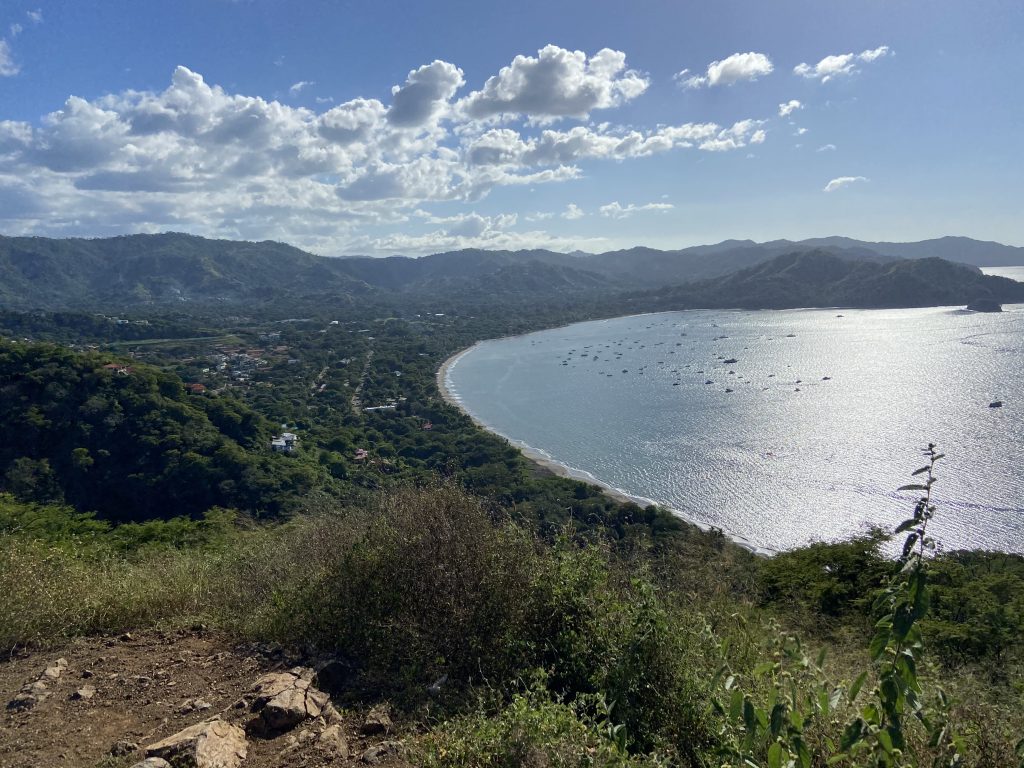
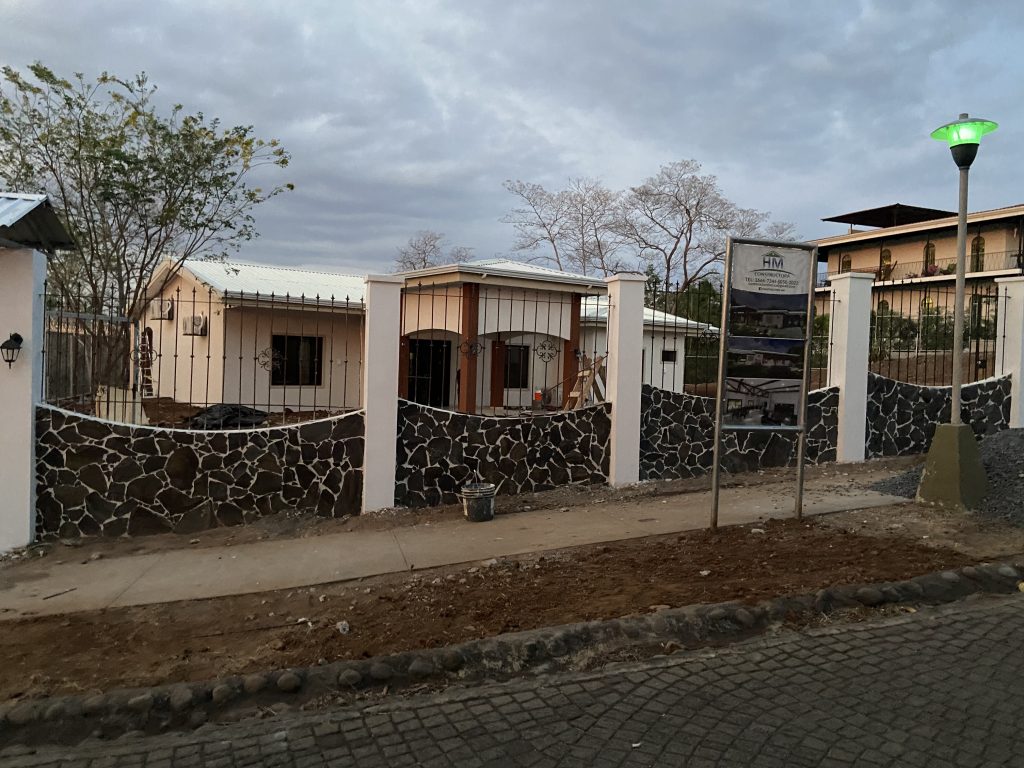
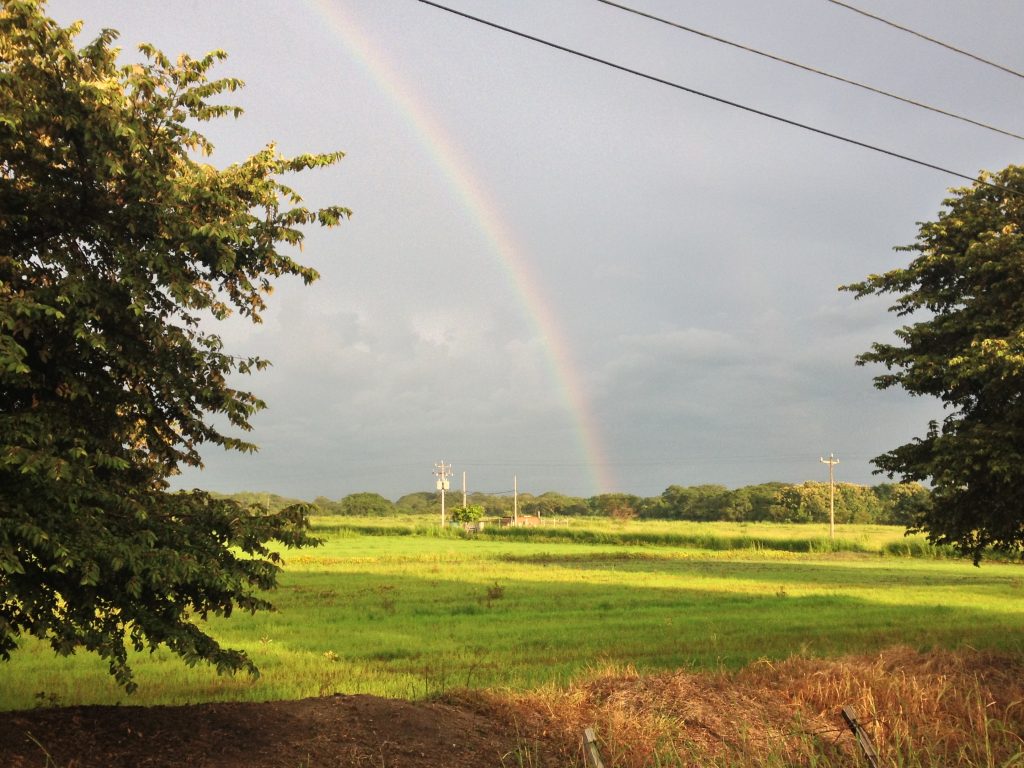
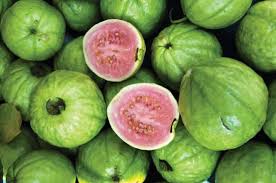 .
. 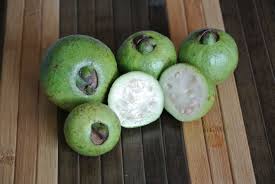
 .
. 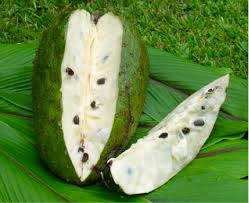
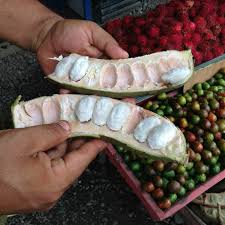

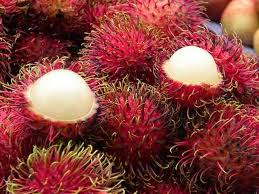 .
. 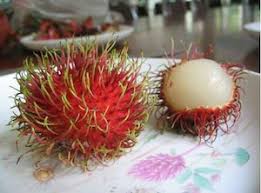
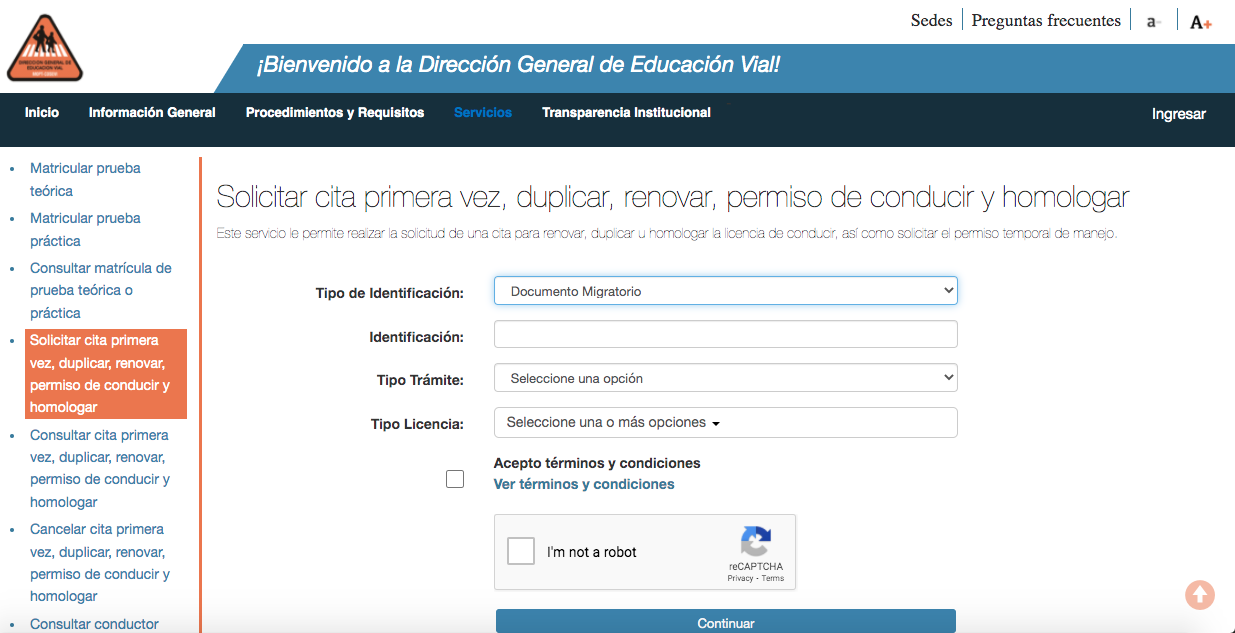
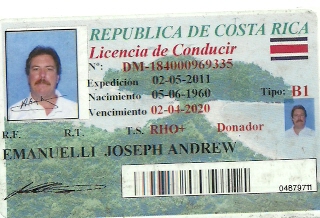
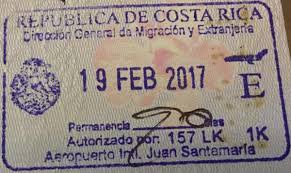
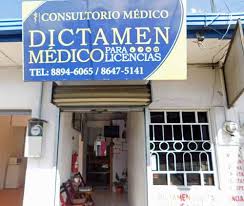
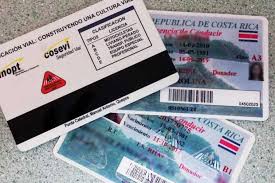
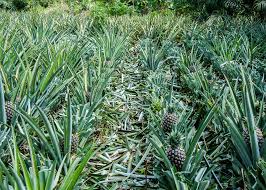
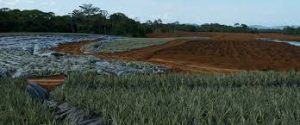 This operation, when completed, will help eliminate and make good use of the more than 220 tons of cut plant stubble- a term used to describe surplus from the pineapple harvest. The byproduct of pineapple production is over 440,000 pounds per 2.5 acres of pineapple farms. Considering that Costa Rica alone is in the top 10 pineapple producers in the world, that’s a lot of by-products and why not uses it to make a bio-fertilizer? It only makes sense!
This operation, when completed, will help eliminate and make good use of the more than 220 tons of cut plant stubble- a term used to describe surplus from the pineapple harvest. The byproduct of pineapple production is over 440,000 pounds per 2.5 acres of pineapple farms. Considering that Costa Rica alone is in the top 10 pineapple producers in the world, that’s a lot of by-products and why not uses it to make a bio-fertilizer? It only makes sense!

